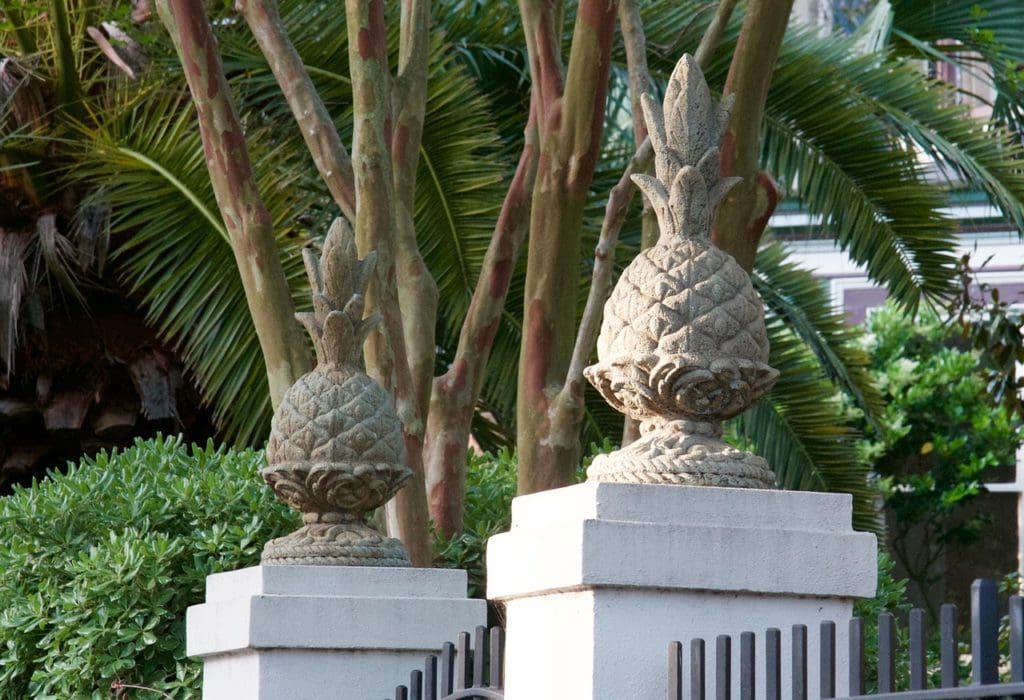
The Lowcountry is a unique and magical place that is defined by not only its geography, but the local culture born of its diverse heritage, its historic architecture, and the area’s culinary traditions. The Lowcountry draws visitors year-round because of its haunting beauty, genial hospitality, and slow pace.
Where is the Lowcountry?
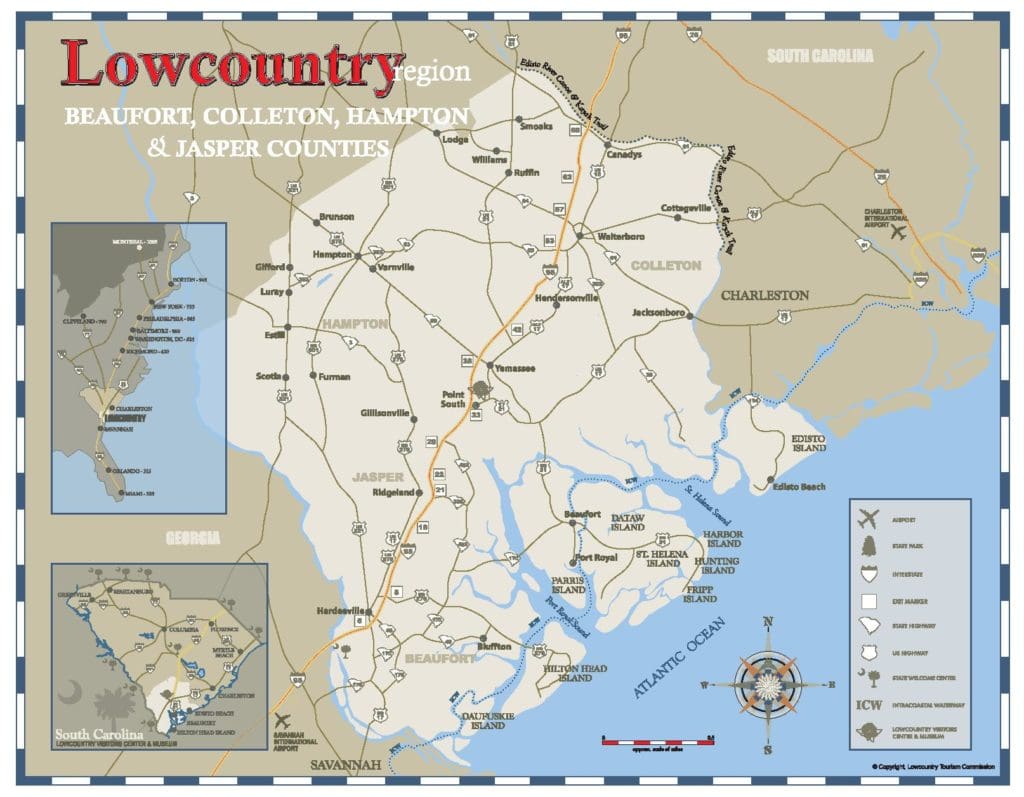
The exact geographical limits of the Lowcountry are debatable. Originally, the term referred to the low-lying South Carolina coastal region below the Fall Line, or the Sandhills (the ancient seacoast). It contains a glorious collection of beaches and Sea islands along South Carolina’s southern coast, including Hilton Head, Edisto, Harbor, and Daufuskie Islands.
At least colloquially, Lowcountry includes Charleston, South Carolina and Savannah, Georgia, although technically it is comprised of Beaufort, Colleton, Hampton, and Jasper Counties.
Lowcountry History and Culture
Beyond its precise location, Lowcountry harkens to a way of life. The hot and humid summers dictate that nothing happens in a hurry. The proximity to the sea means that seafood is a staple. The mix of cultures melded into a distinctive Lowcountry culture that is informally hospitable and gracefully refined.
History is woven into Lowcountry culture. By 1690, Charleston was a busy port town, one of the largest in North America. Elegant mansions built by the owners of profitable plantations filled the city and countryside. Those profits were built on the rice-growing knowledge and the unpaid labor of enslaved West African and Caribbean people. By the early 1800s, cotton plantations became the economic engine of the Lowcountry, and city mansions of plantation owners grew in Savannah also.
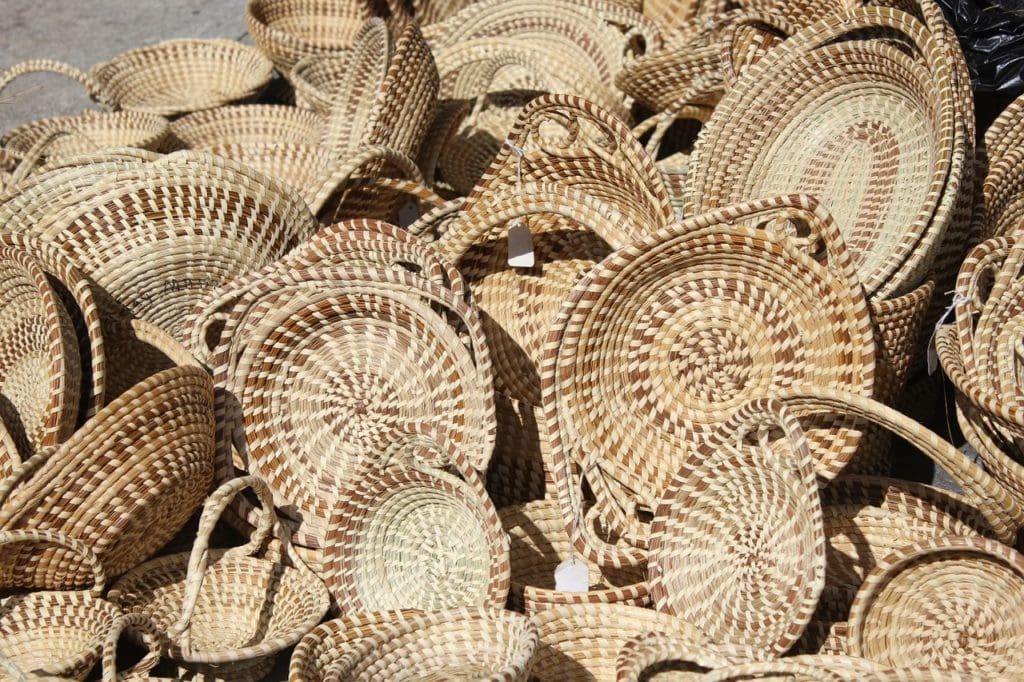
The West African slaves brought their own culture with them and preserved it through storytelling and song. Gullah is the cultural name for their descendants who settled on the Sea Islands of South Carolina. Their creole-based language, culinary traditions, and handicrafts such as sweetgrass baskets remain a strong part of the Lowcountry culture today.
Some of the most dramatic events of the Civil War happened in Lowcountry. Charleston was a hotbed of secession and the opening shots of the Civil War were fired in the Charleston Harbor at Fort Sumter. The U.S. 1st South Carolina Regiment was the first black regiment in the Union Army, formed in Beaufort and made up of runaway slaves. At the culmination of his “March to the Sea,” General Sherman entered Savannah. He was said to be so impressed by its beauty, he couldn’t burn it and it was spared.
In Savannah, you’ll see many doorframes, windowsills, and porches painted a blue-green known as “Haint Blue.” The rich Gullah folklore says that the color represents water and evil spirits cannot cross it. And Savannah residents should know… the city is reputed to be one of the most haunted in the U.S. The stories are ingrained in Savannah’s culture and you can choose from many ghost tours to meet the spirits if you dare.
Distinctive Architecture
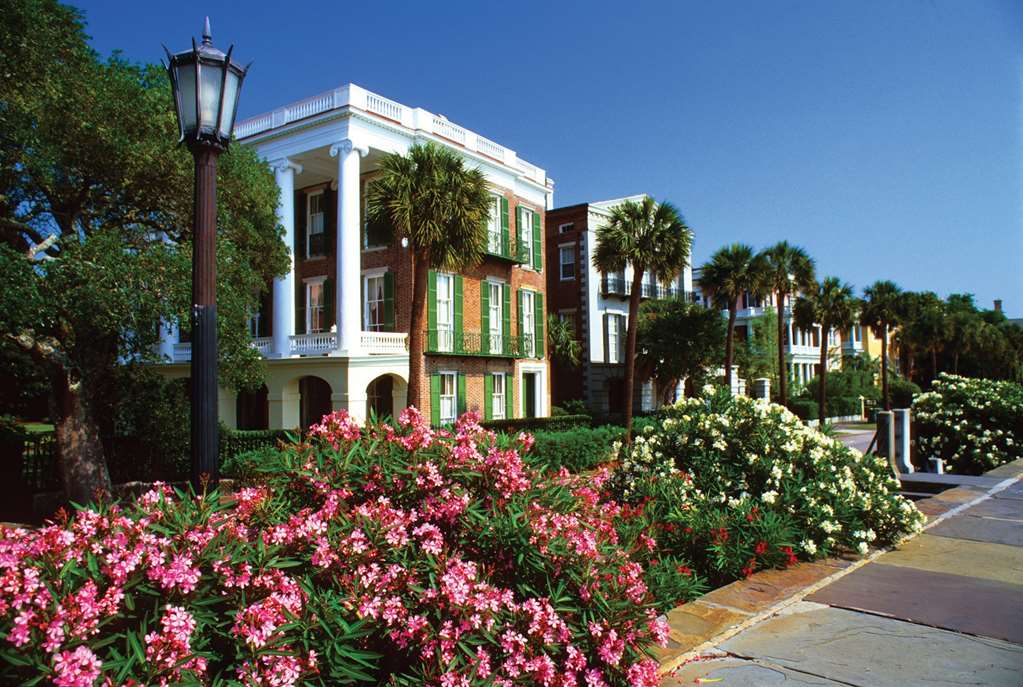
Lowcountry houses developed a distinctive style in the late 1700s in response to the hot, subtropical climate. The design is so efficient, it is still popular today. They are normally timber houses set on pilings because of high tides and swampy ground. They feature broad hipped roofs with deep covered porches for shady seating. Homes often have a wide central hall or breezeway running the entire length to help air move through the building. Large windows let the hot air out and the cooler evening air in.
Slaves built most of the antebellum mansions. There are many examples throughout the area in a mix of styles. In the 1920s Charleston formed the first historic district with regulatory control to preserve the city’s historic buildings. Charleston is sometimes called the “Holy City” not for its virtue, but because there are more than 400 churches in the city. Steeples dot the city skyline.
Savannah was America’s first planned city and the result is beautiful. Antebellum, Victorian, and Federal-style houses line twenty-four squares. The stately homes have beautiful gardens and each square is a miniature park. Cobblestone streets connect the squares to the historic cotton warehouses. The clip-clop of a horse-drawn carriage lets your imagination take you back in time.
Lowcountry Cuisine
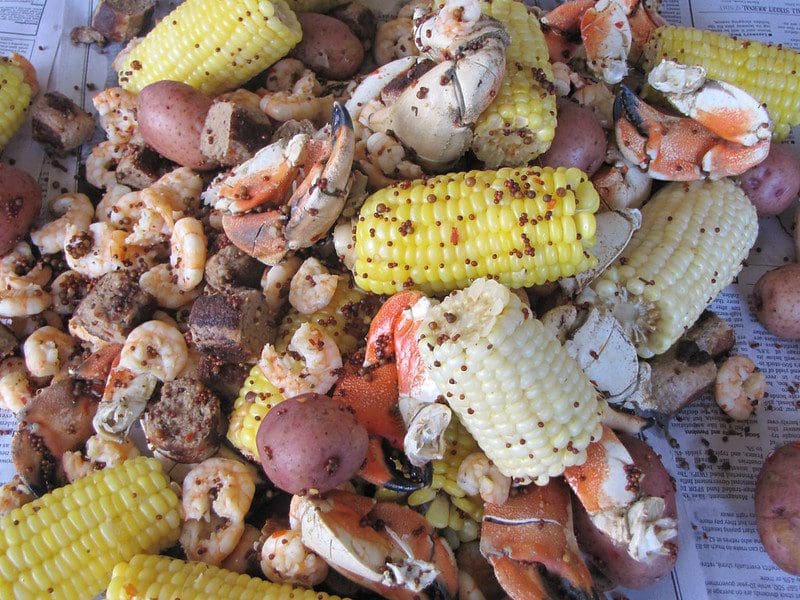
As you would reasonably assume, this coastal region makes the most of the rich diversity of seafood available. Lowcountry food has similarities to New Orleans and Cajun cuisine, but with Gullah cooking traditions applied.
Many dishes use shrimp, oysters, and crab, often with rice. Charleston claims the creation of she-crab soup (cream-based and laced with sherry) and you’ll find the celebrated shrimp-and-grits on nearly every menu.
A Lowcountry Boil, also known as Beaufort or Frogmore stew, is a traditional Gullah meal made with corn, potatoes, sausage, and shrimp or crawdads. Hoppin’ John, a mixture of rice and field peas, also has an African influence.
Some traditional southern favorites that are popular in Lowcountry include fried chicken, collard greens, Carolina red rice, and fried green tomatoes. Be sure to finish with a big bowl of banana pudding – perfectly acceptable at any meal of the day.
The Lowcountry is a wonderful amalgam of Gullah culture, saltwater life, and southern history accented by Spanish moss and gracious hospitality. When you want to slow down and enjoy life, ask your Covington vacation advisor to help you plan your Lowcountry visit.






Leave a Reply